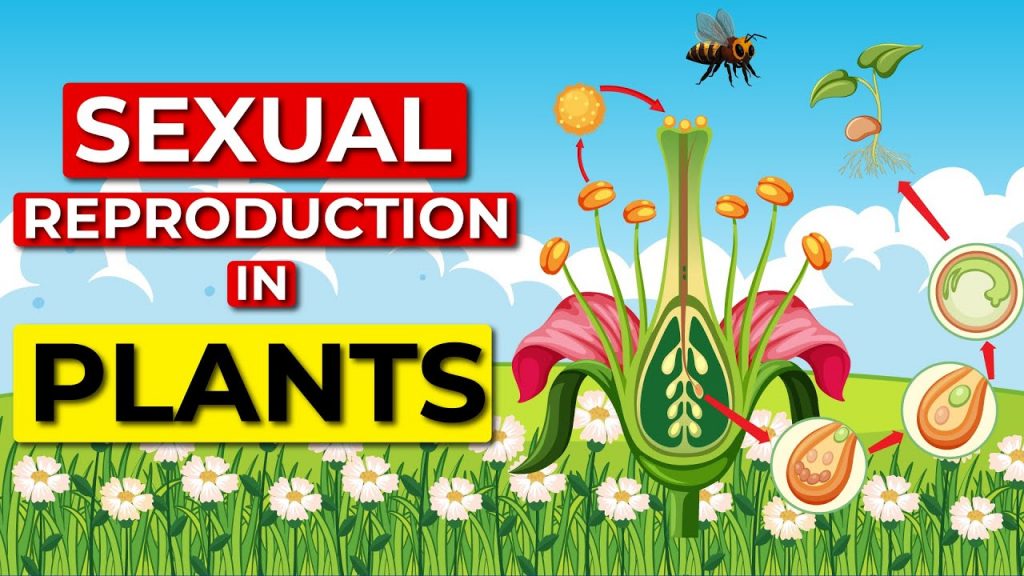There are two types of reproduction in plants: Asexual and Sexual reproduction.
Most flowering plants exhibit sexual reproduction, however, some plants exhibit both sexual and asexual reproduction.
There are many advantages of plant sexual reproduction over asexual reproduction, and vice versa.
Today, our focus is on the benefits of sexual reproduction. The main pros are the high diversity or variation of plants produced and the high number of seeds that are produced in sexual reproduction.
Advantages of Sexual Reproduction in Plants
- In the sexual reproduction of plants, the young plants (offsprings) resemble the mother plant, and they’re well adapted to their environment.
- In the sexual reproduction of plants, the young plants or offsprings are identical to their parents and one another.
- The new plants produced from sexual reproduction can adapt to new environmental conditions better.
- Mass production is easier in plant sexual reproduction than asexual reproduction since thousands of pollen grains can fertilize the same plant or/and another plant. This is one of the main advantages of sexual reproduction over asexual reproduction.
- In sexual reproduction, pollination, fertilization, and dispersal of fruits and seeds follow one another. This brings about a union of two different strains, that is gametes, which possibly have different characteristics.
- The combination of certain characteristics often turns out to be desirable for the survival of a species. thus, fertilization increases the vigor of plants to be able to withstand changing environmental conditions.
- Sexual reproduction brings variations into the plant population and adaptability too, these are some of the features that result from asexual reproduction.
- The genetic combinations result in the variations, hence, some young plants or offsprings produced are different from their parent plants physically and genetically.
- Due to the variation of young plants in the sexual reproduction of plants, improves the survival rate of the new population since the characteristics of both mother plants are combined.
- In the struggle for survival, only the fittest variants can survive, so sexual reproduction provides the new material which eventually gives rise to major evolutionary changes.
- In sexual reproduction, plants are less susceptible to diseases due to the variation and when there’s a disease outbreak, it’s unlikely to affect all the young plants in the population.
Conclusion
One of the major advantages of sexual reproduction over asexual reproduction in plants is the high genetic diversity.
In sexual reproduction, there’s a genetic combination of both mother plants in the young plants during meiosis and in the fusing of both male and female gametes (pollen grains and ova) of the plants.
The high diversity and variations increase the plants resistance to environmental forces, for example, drought tolerance during dry climate.
It also increases the survival rate against pests infestation and disease outbreaks.
Since improved offspring are produced, the young plants can dominate an environment, reproduce, and spread to more land area.








